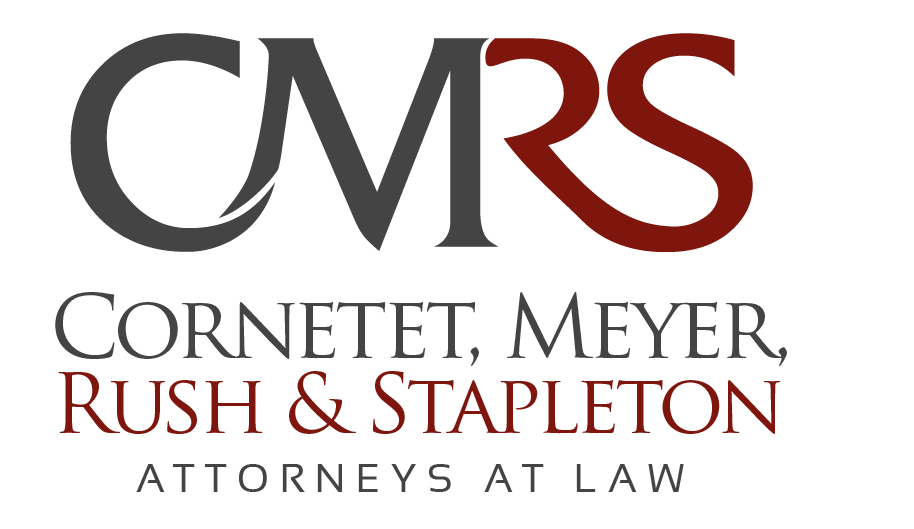Domestic Asset Protection Trust – Ohio Legacy Trust
A Domestic Asset Protection Trust (DAPT), also known as a Legacy Trust in Ohio, is a type of self-settled trust that provides asset protection to the creator. The level of protection may vary depending on the state where the creator resides.
In Ohio, the Legacy Trust statute ORC 5816.01 et seq. allows for creating this type of trust. Here is a three-part video series on the Ohio Legacy Trust.
Other types of trusts that offer asset protection include Third Party Beneficiary Trusts, Spendthrift Trusts, and Beneficiary Defective/Beneficiary Controlled Trusts.
Is it irrevocable or revocable?
The DAPT or Legacy Trust is irrevocable, meaning that once it is created, it cannot be changed.
Is a separate tax identification required?
No. The Legacy Trust can be set up as a grantor trust and uses the grantor’s social security number as its tax identification number. It is possible to include provisions within the Legacy Trust to change the Grantor status and switch to a non-grantor trust, thereby requiring a tax identification number.
Can you be your own Trustee?
No, the creator or transferor cannot serve as the trustee of the DAPT or Legacy Trust. For an Ohio Legacy Trust, the trustee must be a resident of Ohio. If an individual is not an option, you can use a Family Trust company or a bank in Ohio as Trustee. ORC 5816.02.
Is a gift tax return required?
It depends on the value of the assets transferred to the trust and if the transfer is a completed gift or an incomplete gift. A gift tax return may be required if the value exceeds the annual exclusion limit for gift taxes and a completed gift.
Is this subject to estate tax upon my death?
The DAPT or Legacy Trust may be subject to estate tax upon the creator’s death, depending on the value of the assets in the trust and the applicable state and federal laws. Including toggle provisions to switch an otherwise includable Legacy Trust into a completed gift, a non-includable estate tax asset is possible.
Is there creditor protection? What assets can be placed in this type of Trust?
One of the primary purposes of a Legacy Trust is to protect the trust property from future creditors of the transferor. The assets that can be placed in the DAPT or Legacy Trust may include cash, real estate, stocks, and other property types.
How does it work?
The Ohio Revised Code Chapter 5816 allows for the creation of asset protection trusts, commonly known as “Ohio legacy trusts.” An Ohio legacy trust is created with a written instrument that names at least one “qualified trustee” of the property that is transferred to the trust.
The qualified trustee must be a resident of Ohio or an entity that is authorized to act as a trustee in Ohio and must materially participate in the trust administration.
The trust agreement must be irrevocable and include a spendthrift provision applicable to the interests of the beneficiaries, including the interest of the transferor. Additionally, the trust agreement must incorporate Ohio law expressly to govern the validity, construction, and administration of the trust wholly or partially.
While there is asset protection, there is not total asset access. At most, the grantor can receive income and 5% of the principal per year. Note, while this type of Trust provides robust creditor protection, it does not provide creditor protection against a Medicaid spend down; for that protection, you would need a Medicaid Trust.
Overall, the DAPT or Legacy Trust offers a useful tool for asset protection. Still, it is important to consult with a qualified attorney to determine the appropriate legal structure and requirements for your specific circumstances.
- Legacy Trusts Explained – Discover how a Legacy Trust offers solid asset protection. (1 of 3)
- Legacy Trusts for Married Couples – Learn how these trusts safeguard personal assets and small business interests while allowing distributions to spouses, children, or grandchildren. (2 of 3)
- SLAT Conversion Strategies – With uncertainty surrounding the Federal Estate Tax exemption, see how a Legacy Trust can be seamlessly converted into a Spousal Lifetime Access Trust (SLAT) to remove assets from exposure to future estate taxes for added flexibility. (3 of 3)
Contact us today to schedule a consultation and learn more about how we can help you with your estate planning needs.
Other Estate Planning, Trust, and Probate Topics:
- Secure Act and Estate Planning Tax Law Changes for 2020
- Gifting Taxes and Trust Estate Planning
- Opening Probate in Ohio
- Does a Transfer on Death designation solve everything?
- Ohio Probate Claims and Statutes of Limitations Summary
- Irrevocable Trust Reformations and Terminations
- Cryptocurrency, Bitcoin, and Estate Planning
- What happens to your business after you die?
- Owning a Horse and Avoiding Probate
- Estate Tax Planning: SLAT, GRAT, & IDGT
- 30 Different Types of Trusts: Choosing the Right One for You
